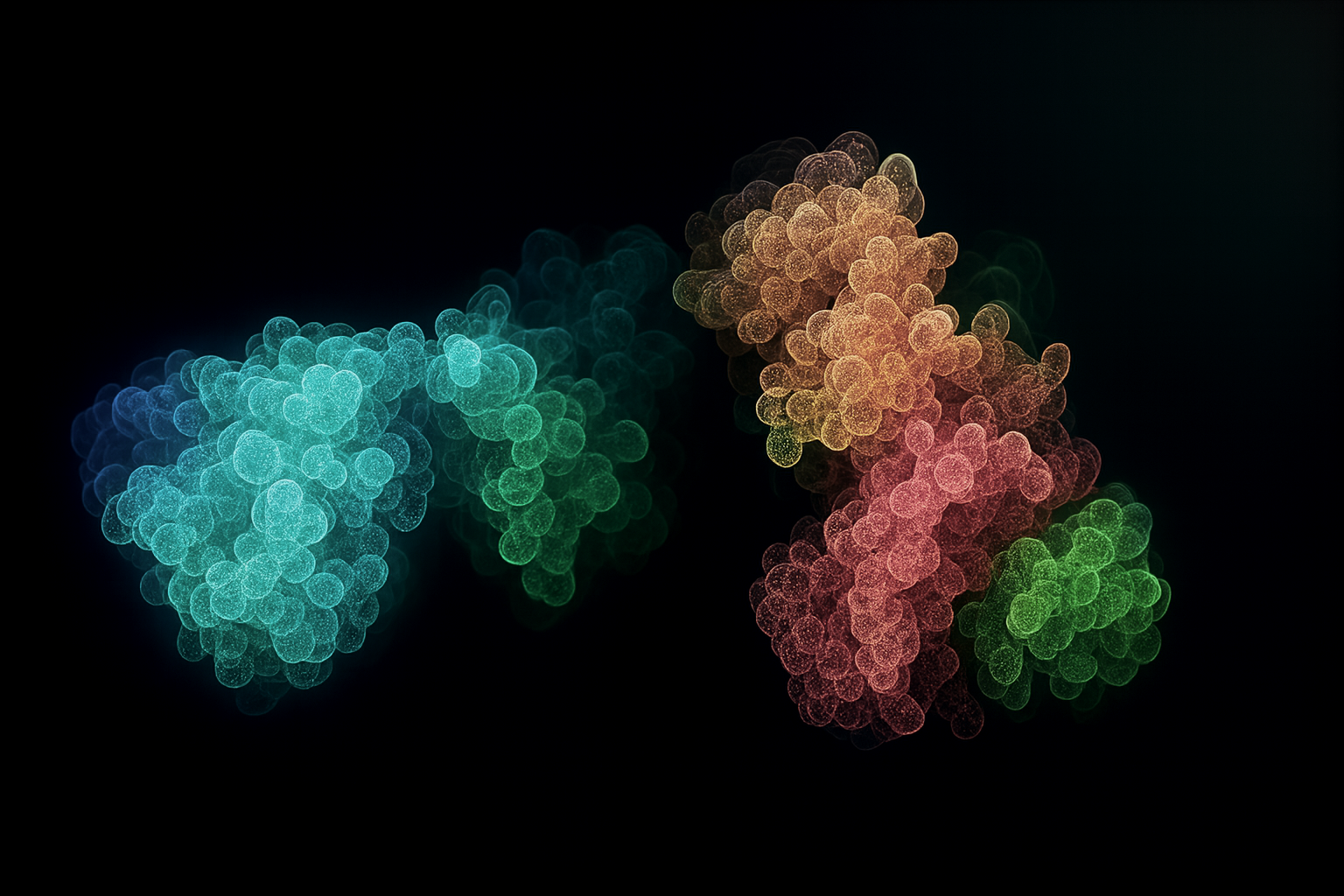
FAQs
Syndivia is developing next-generation antibody-drug conjugates (ADC) and other antibody conjugates (oligonucleotide, radioligand) designed for high dosing, deep tumor penetration, and strong safety profiles. We use our GeminiMab platform to create ADCs that behave like therapeutic antibodies while keeping potent payload delivery.
What is the GeminiMab ADC platform?
GeminiMab is a site-specific ADC platform built around native hinge conjugation. It produces homogeneous DAR1, DAR2, and DAR4 ADCs, as well as combo-payload formats, while preserving antibody structure, maintaining Fc functions, and keeping mAb-like pharmacokinetics. This design enables high dosing comparable to standard antibodies and delivers stronger tumor penetration and antibody-driven immune effects than conventional high-DAR ADCs.
Why does clinical dose matter for ADCs?
Most approved ADCs are underdosed at 2 to 4 mg/kg. Low dosing limits tumor penetration and reduces target engagement. Clinical data show a simple pattern: tolerated dose scales inversely with DAR. Lower DAR supports higher dosing, better systemic exposure, and stronger antitumor activity.
Why does Syndivia focus on DAR1?
ADCs are optimized for high dosing, and DAR1 is often the answer. DAR1 gives the highest tolerated dose, the cleanest PK profile, and the deepest tumor penetration. It also preserves immune effector functions like ADCC and ADCP. High-dose DAR1 delivery allows the antibody to work through both its immune mechanism and its payload mechanism without compromising safety.
How does GeminiMab achieve stable DAR1 ADCs?
The platform uses controlled conjugation at the native IgG1 hinge, the safest and most clinically validated conjugation site, while keeping the Fc untouched and maintaining inter-chain integrity. This produces highly stable ADCs with minimal free payload release and predictable mAb-like PK. The chemistry requires no antibody engineering, making manufacturing simple and scalable.
Does a lower DAR mean less payload delivered?
No. Since DAR1 supports much higher dosing, the total payload delivered to the tumor is equal or higher than with a DAR4 design. High dosing also improves spatial distribution inside the tumor, reducing the perivascular bias that limits many ADCs.
What are the benefits of DAR1 ADCs in tumors?
High-dose exposure
Strong and uniform tumor penetration
Better target saturation
Preserved Fc-mediated immunity
Lower hydrophobicity
Reduced clearance and liver stress
Reduced off-target toxicity from free payload
This combination changes how ADCs behave in vivo and can lead to stronger, cleaner efficacy.
What evidence supports the GeminiMab DAR1 approach?
GeminiMab DAR1 format constantly outperforms DAR4 at equal payload dose, even though both share the same antibody and payload.
GeminiMab DAR1 ADCs show therapeutic indices above 30 and no signs of ocular toxicity.
GeminiMab ADCs shows less than 0.5 percent payload release after 14 days in human, rat, and monkey plasma and demonstrate PK/PD profiles similar to naked monoclonal antibodies.
Does GeminiMab only support DAR1?
The platform supports DAR1, DAR2, and DAR4 in single-payload or combination-payload formats. DAR1 is ideal for high-dose ADCs without entering unstable or overly hydrophobic territory. All formats are homogeneous and maintain antibody-like behavior.
How does the platform handle different payload classes?
GeminiMab works with auristatins, topoisomerase inhibitors, duocarmycin, anthracyclines, and exatecan analogs, and many other payload types. Low DAR reduces the need for hydrophobicity masking and supports stable, predictable PK across payload families.
Why should pharma partners consider GeminiMab?
GeminiMab reduces risk, simplifies CMC, and enables high-dose ADCs without engineering the antibody backbone. It offers platforms for asset-level licensing or program-level collaboration and supports fast translation from discovery to development.
Has GeminiMab been validated externally?
Yes. In 2025, GSK acquired exclusive rights to a GeminiMab-enabled prostate cancer ADC for up to 356 million USD plus royalties.
